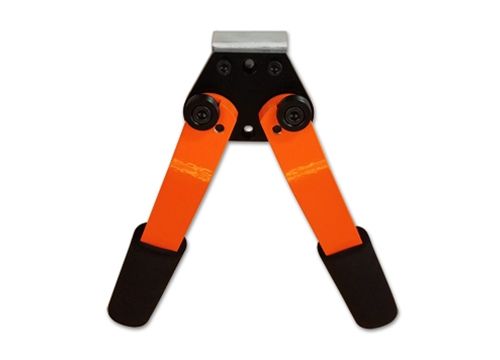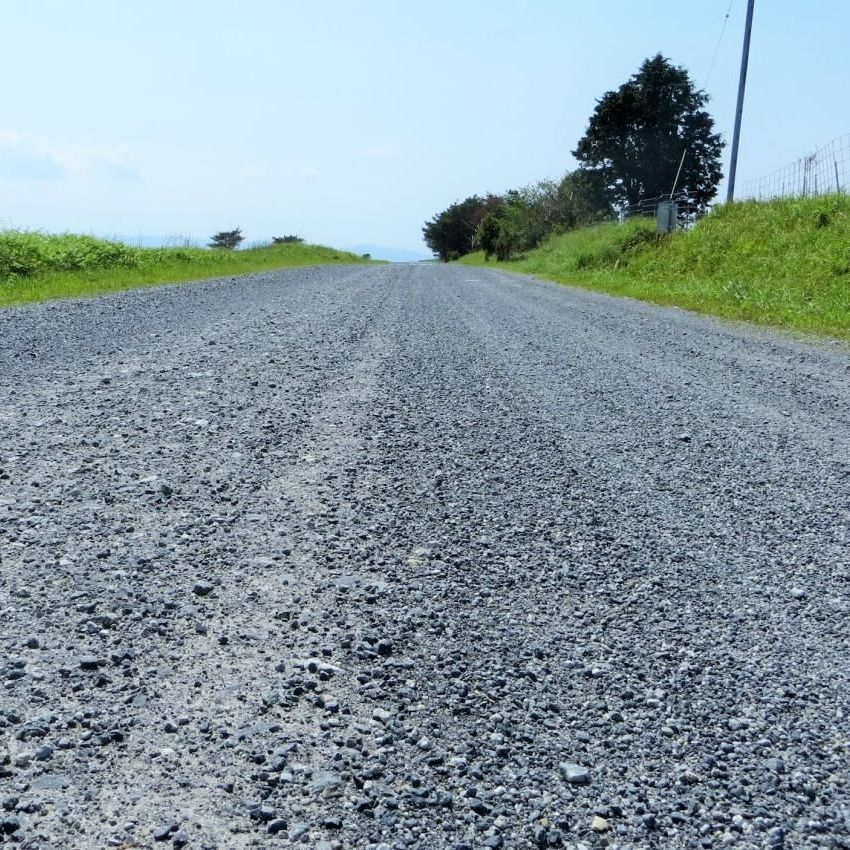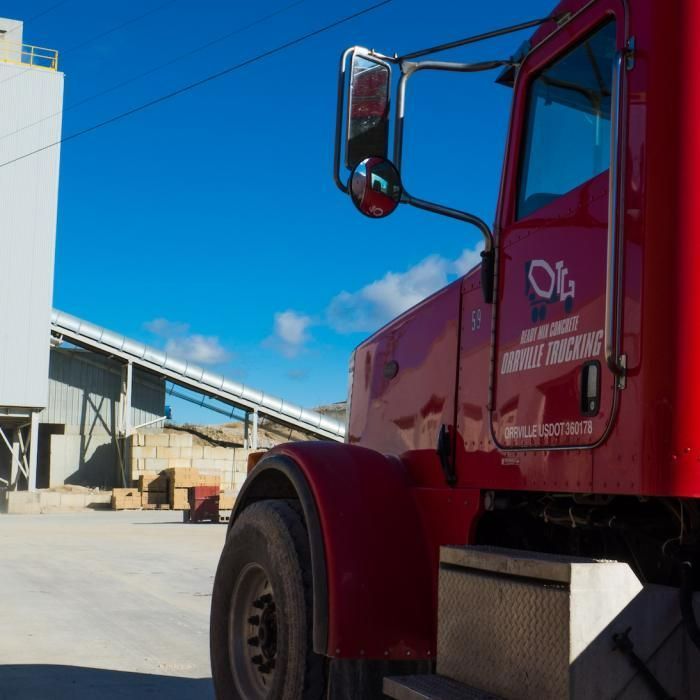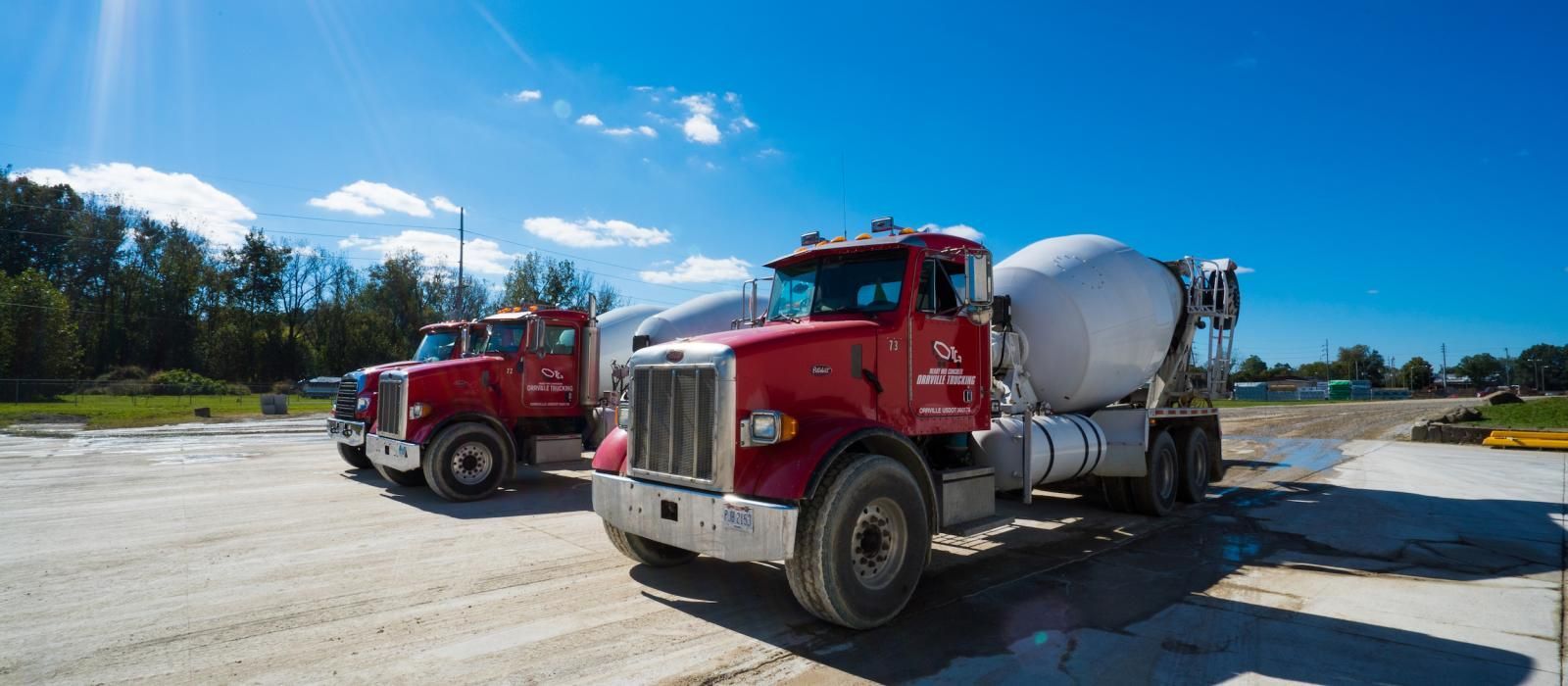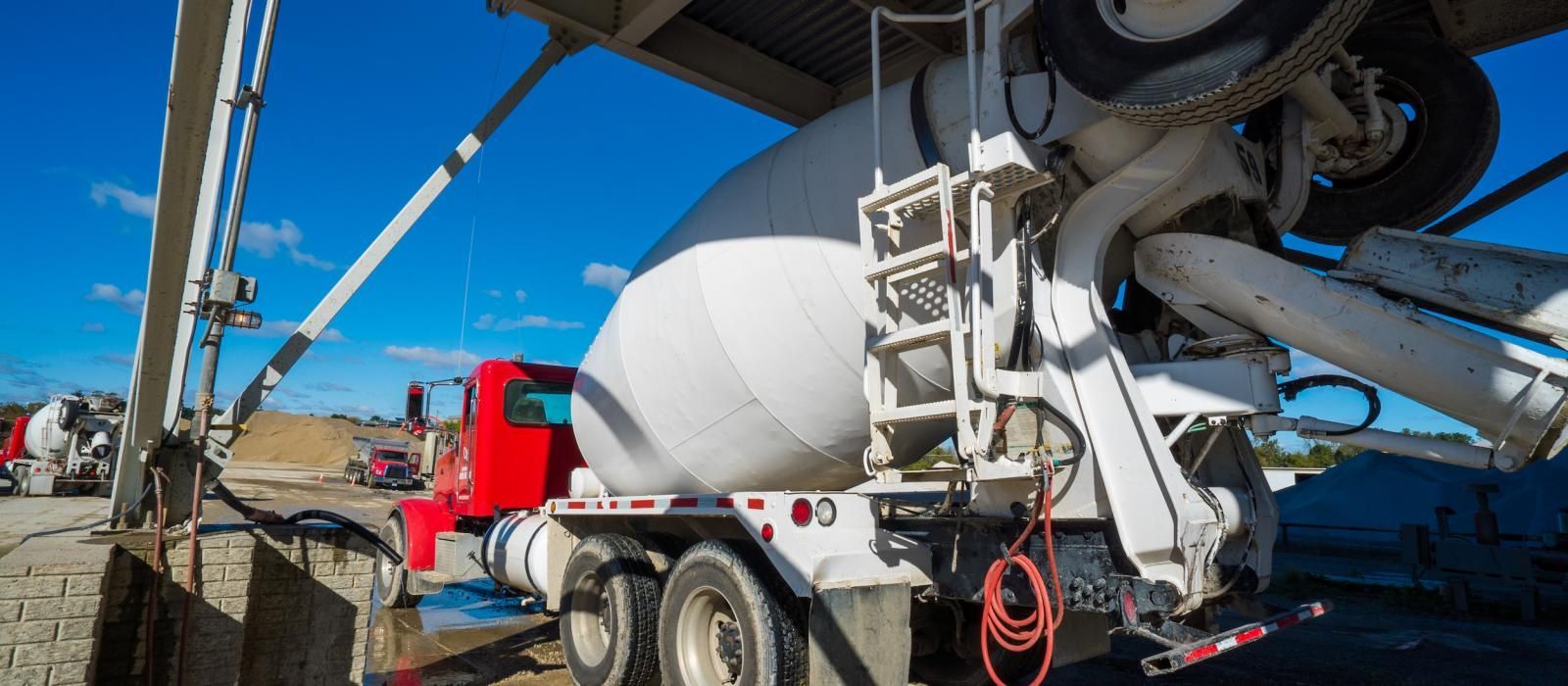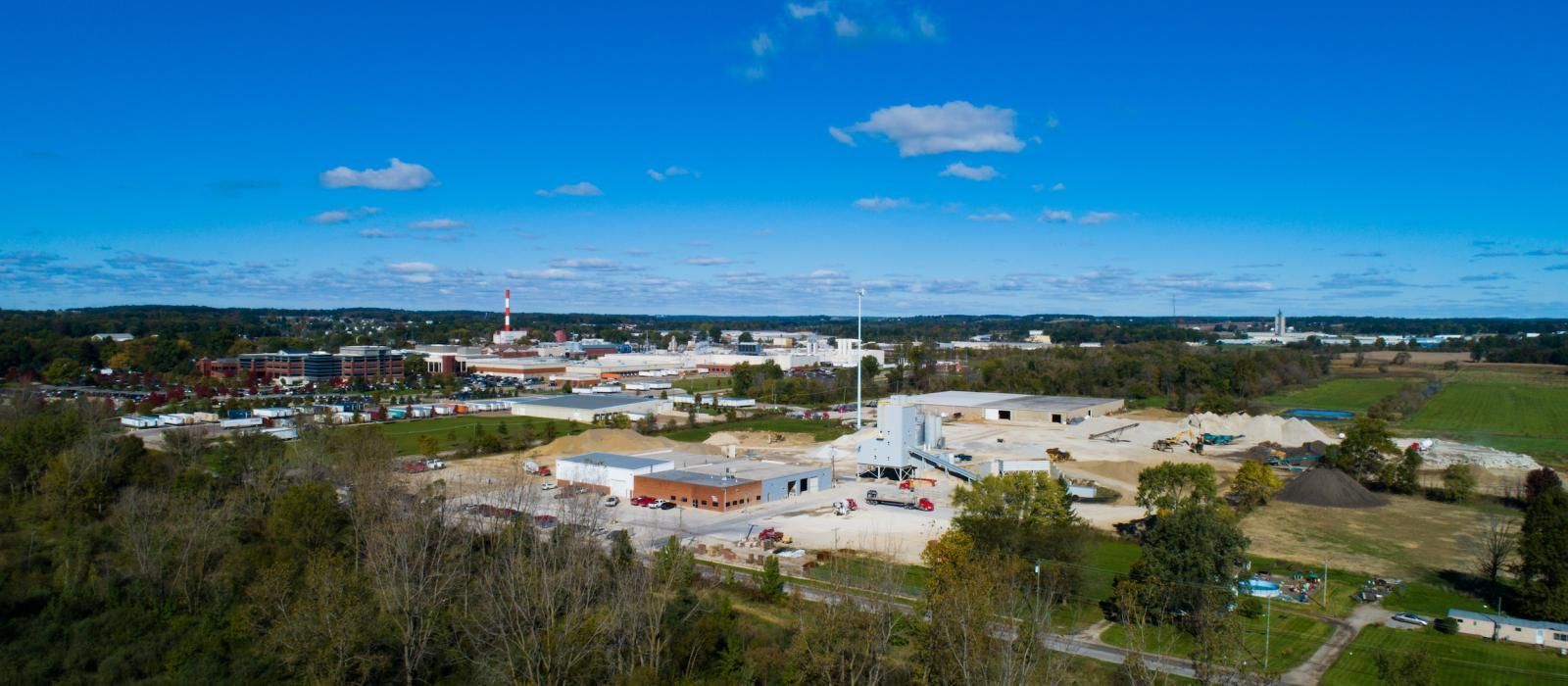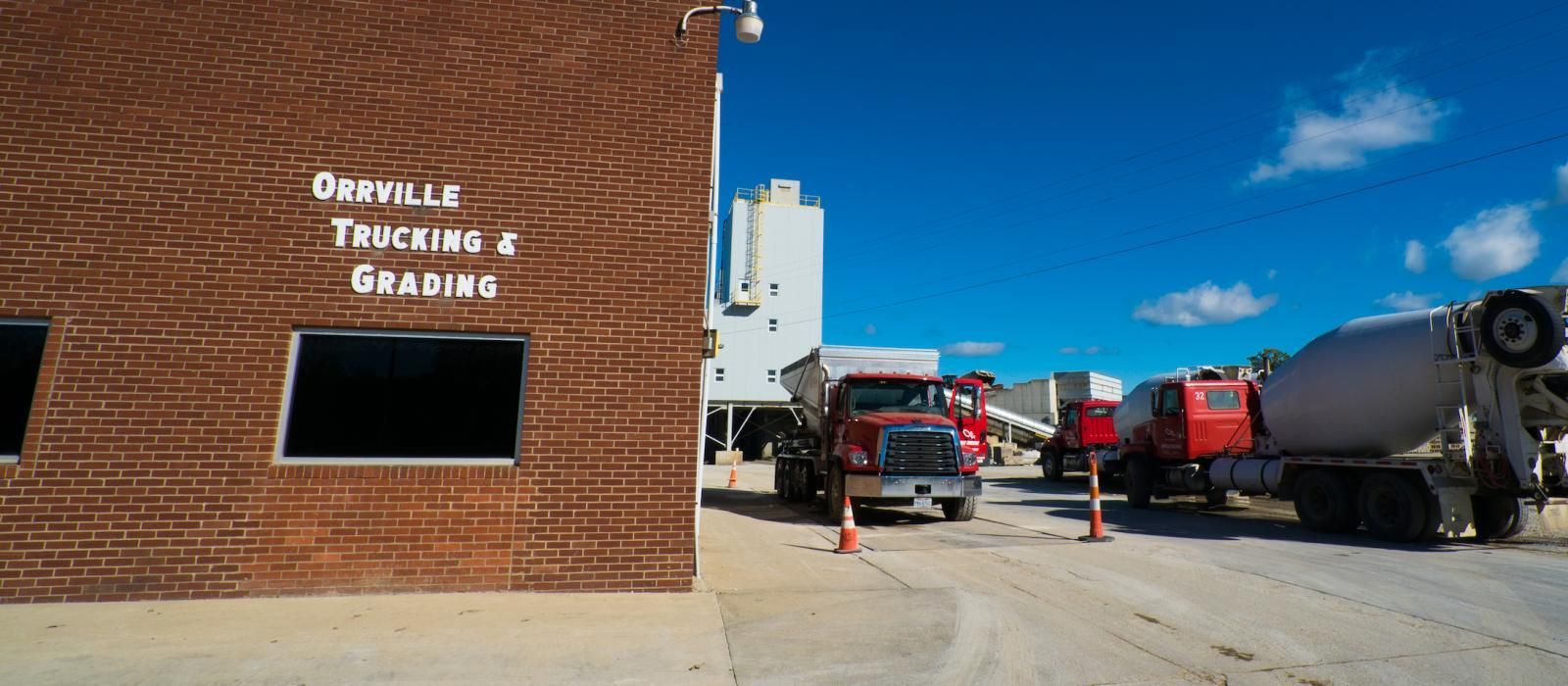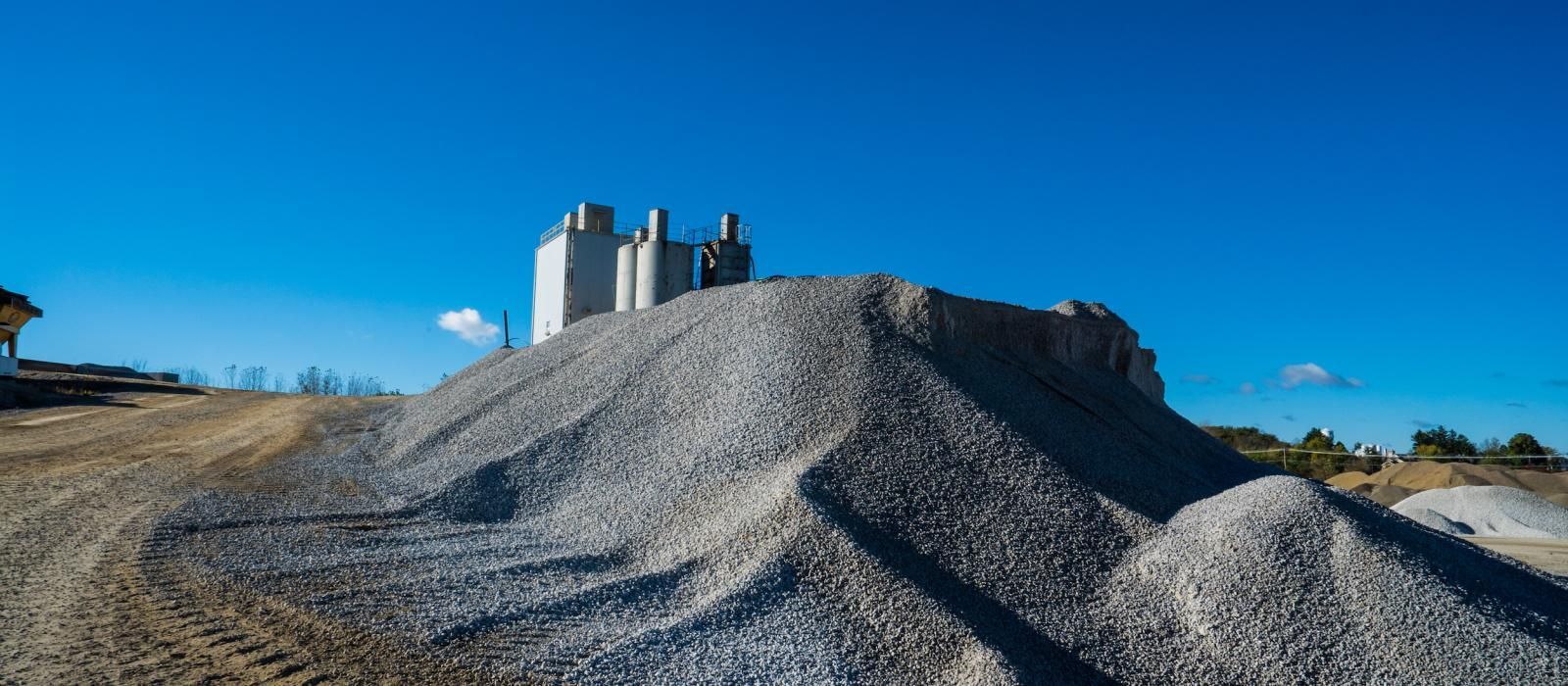PRECAUTIONS BEFORE PLACING CONCRETE IN THE COLD
Failing to be prepared is preparing for failure.
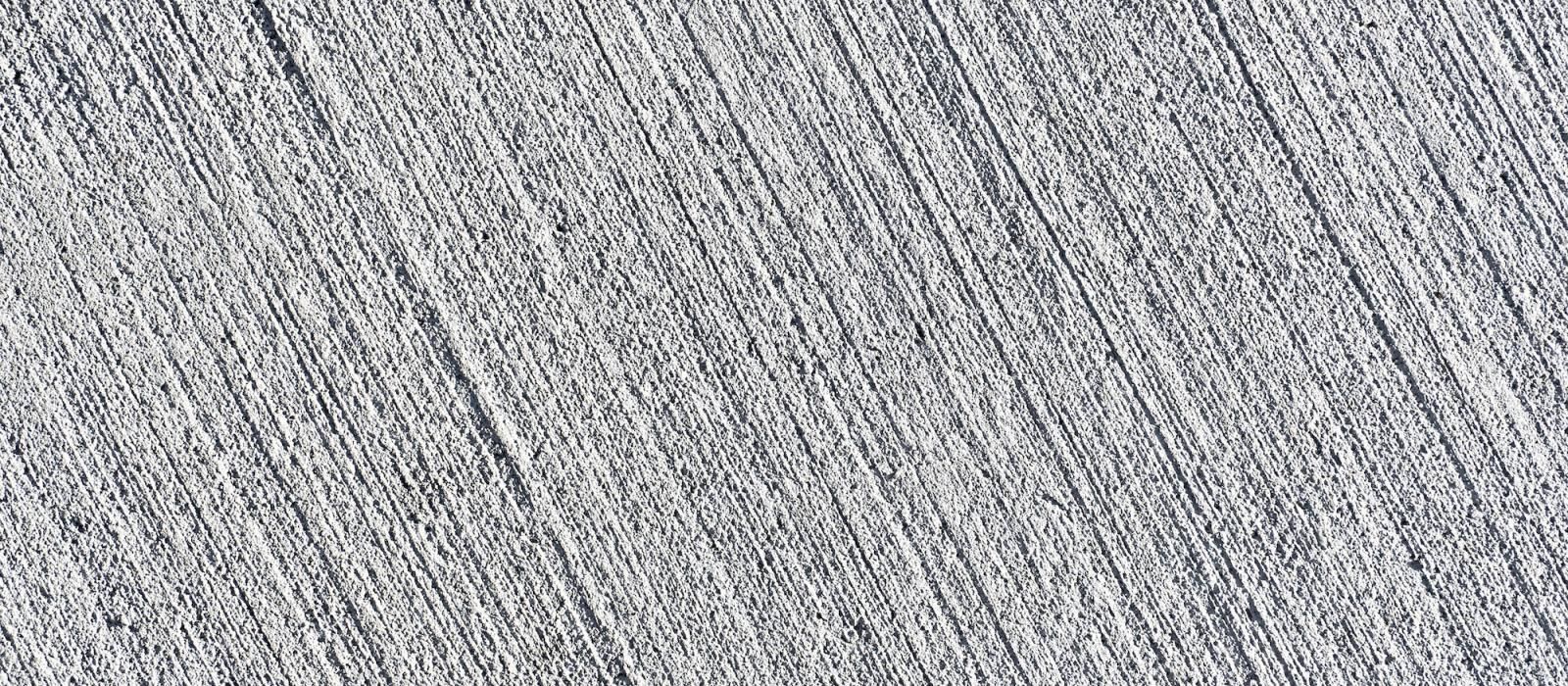
You know the old Boy Scout motto about being prepared—failing to be prepared is preparing for failure. Same goes for concrete work in general, but especially when cold weather comes on unexpectedly. To handle the cold, have everything you might need on hand and review these tips:
Frozen ground—NEVER place concrete on frozen ground or onto ice or snow. There are a couple of problems with this. First, frozen ground will settle when it thaws, cracking the concrete. Second, when the ground is cold, the concrete in contact with it will be cold and will set more slowly. You can even get crusting, with the top part of the concrete set and the bottom still soft.
If the ground is frozen, you can thaw it using hydronic heat pipes and blankets (such as those from Ground Heaters), or electric blankets (check out Power Blanket).
Remove all snow and ice in areas where concrete is to be placed. Also remove any standing water that could get mixed into the concrete.
Warm up anything that will come in contact with the concrete, including forms and any embedments, to at least 32°F. If it's not too cold and you cover everything with tarps the day before the pour, it will stay dry and warm enough. Keep tools in your truck or trailer.
Be ready with blankets, even if you don't think it will get that cold. Also consider whether you will need lights if the concrete sets more slowly than expected and the winter sun sets just as you're finally ready to start finishing.
There will be some heat loss from the ready mix plant to the job site. For a one-hour delivery time, the concrete temperature will drop about one-fourth the difference between the air temperature and the concrete temperature. So if the concrete's 65°F and the air is 45°F, in one-hour of travel it will drop 5°F and the concrete will end up at 60°F.
Concrete set time will slow dramatically when it's temperature reaches 50 degrees and will, for all intents and purposes stop when it's core temp drops to 40 degrees. Once the concrete has reached 500 psi, the risk of freeze/thaw damage is dramatically reduced.
Please remember that while using set accelerators such as calcium chloride may speed up the set time, they won't protect the new concrete from freezing.

